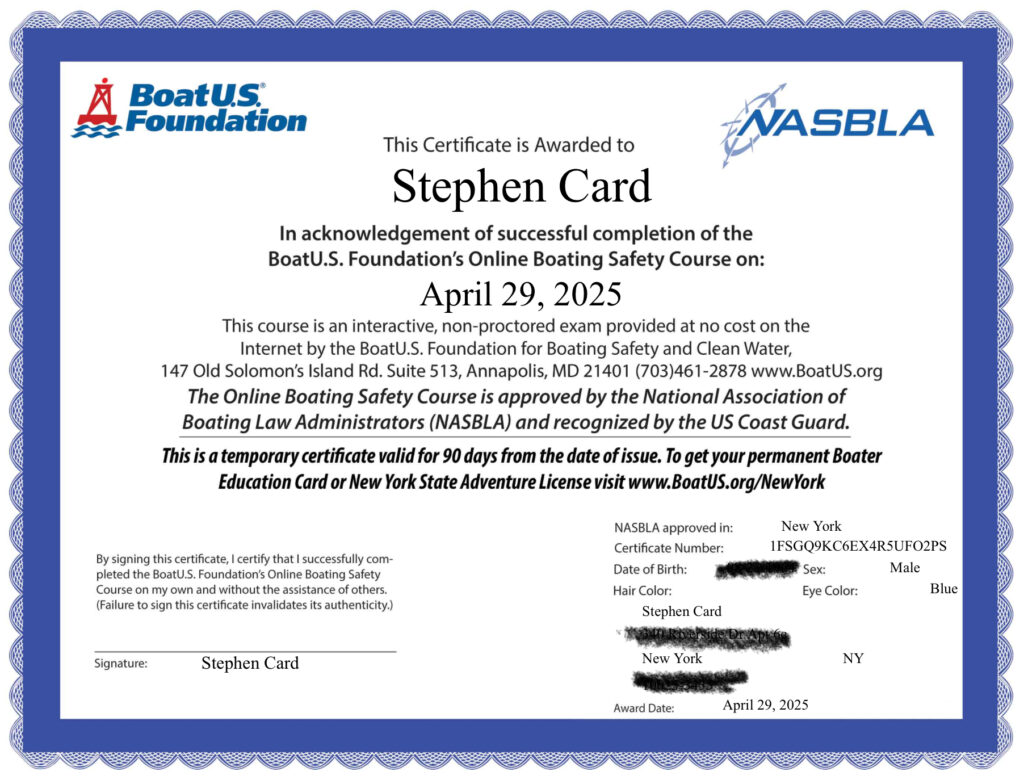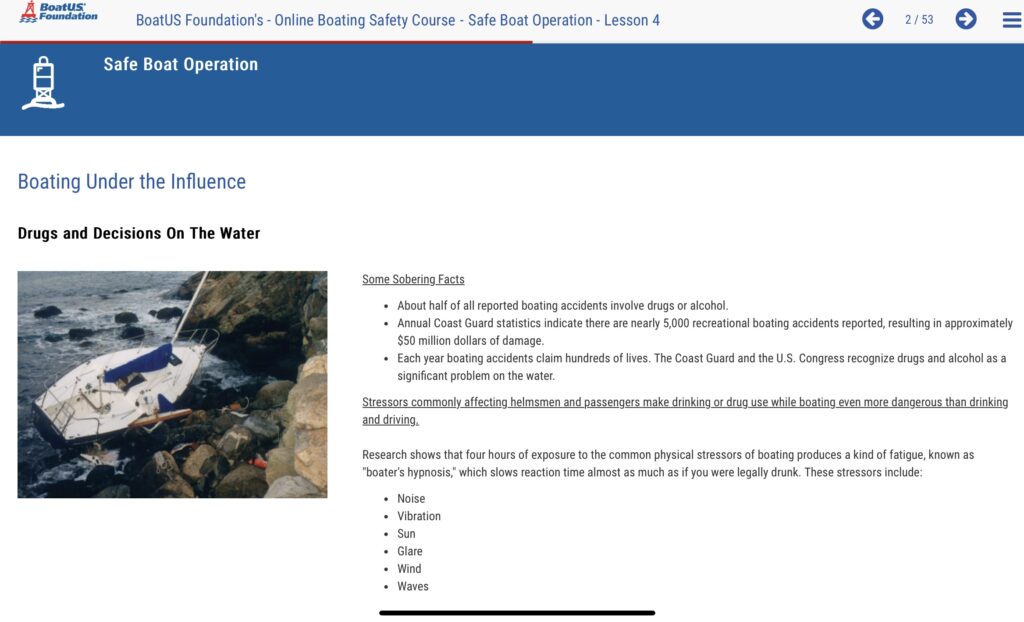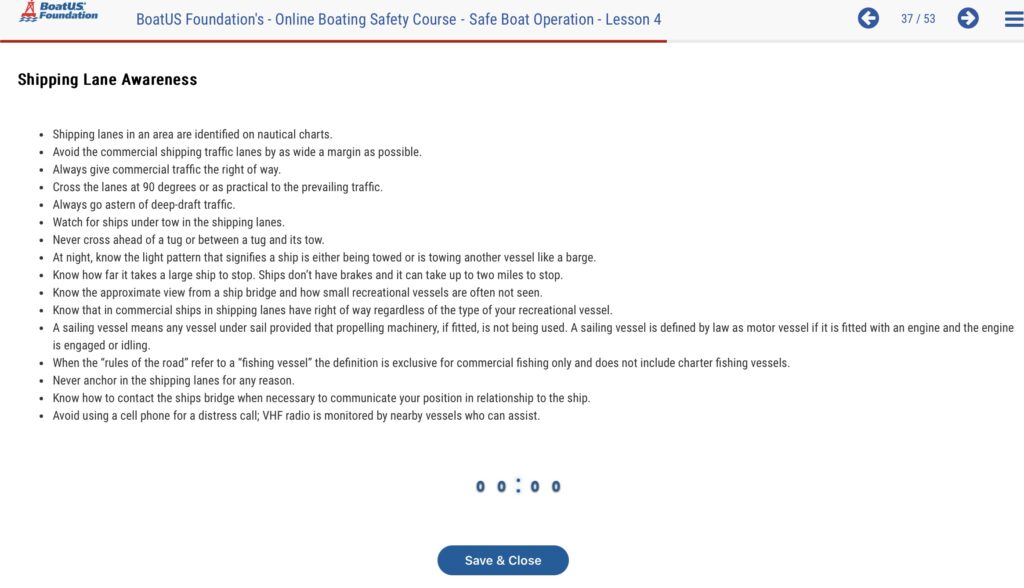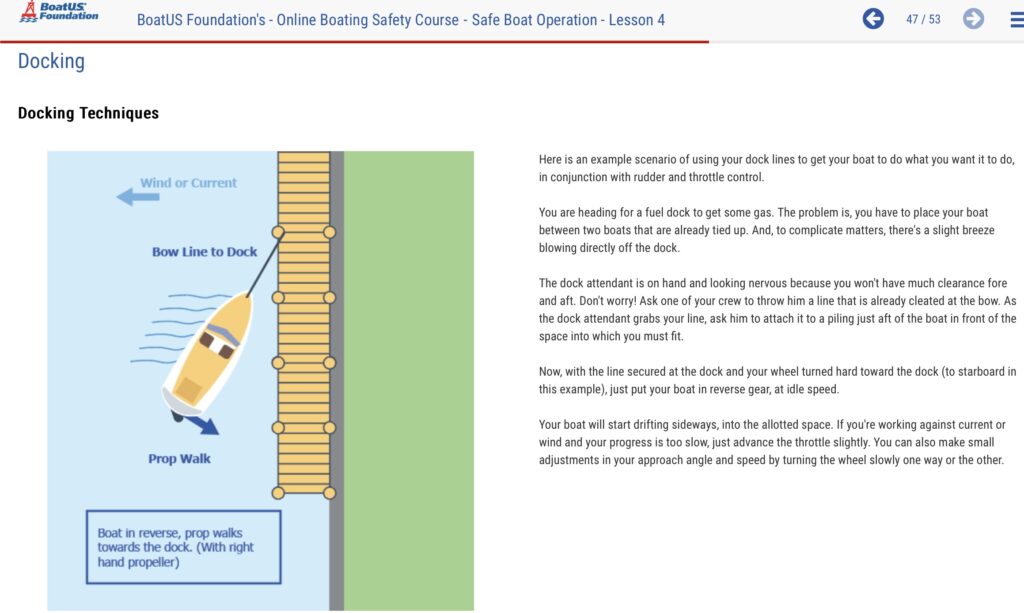What you need to learn in addition to learning how to sail a boat.
It’s coming.
More and more states are phasing in stricter and stricter requirements in order to operate anything that floats and locomotes. New York is bordered by states that keep it simple: if it floats, and you’re on it, you need a safe boating certificate. (Maybe not an inflatable pool toy tethered to a real boat, but you get it.) New York is getting closer to its neighbors in this regard.
The net/net for New York: if the boat has a motor, you need the certificate. If you’re sailing and the boat has no motor, you’re off the hook. For now.

Safe boating certificates are not “licenses” in the sense that most people think. In the US, licenses on the water are for professionals carrying passengers for hire. Safe boating certificates (hereinafter “sbc’s”) are for everyone else. And, like professional licenses, they don’t require proving that you know how to handle a boat and can drive it safely. They cover a lot of other stuff, much of it very important, but the only way to learn how to actually operate a motorboat or sailboat is to get lessons and practice.

I never had an sbc. I figured that it’s time to see what “civilians” have to know in order to get certified. So, I signed up for BOAT US’ free online safe boating course that’s Federal but with individual state additions (namely NY for me). I did the course, took the quizzes along the way, and then sat for the final exam. I got two questions wrong in one of the quizzes (meaning I passed that one with the minimum score), and got 100 on the final. So, in addition to my license, I have my sbc.
What were my takeaways?
- There are errors in the material, which reminds me to remind you: just because you read something in a book, or see it on an exam, doesn’t mean it’s guaranteed to be correct.
- Leaving aside the fact that no one has to prove they can competently operate a boat, the course and exam covers a lot of important stuff everyone should know.
- SBC’s are good things. The intent is noble and the government isn’t skimming.

Some content is ridiculously obvious and easy. Other stuff isn’t as obvious. I did the whole thing pretty quickly, but I’m a professional and also a good test taker. How long does it take? I didn’t time it. Having said that, each page you must view is up on screen for a minimum of 21 seconds and a max of however long you’d like it to be there. You can’t skip ahead even if you’re done reading. Maybe this is to cut down on people skipping stuff they think they know but really don’t. Who knows.

For New York, the only free online course and exam is through BOAT US. It’s a boating and boating safety advocacy and membership organization. I have them for towing insurance. The course is free. You might or might not need to pay a small fee for ID cards or an anchor symbol on your drivers license depending on your situation and preferences, but it’s chicken feed.
Here’s a link for the course (and, of course, them):
https://www.boatus.org/newyork

How does BoatUS ( owned by Geico insurance) get prop-walk direction completely wrong. This is part of the California boaters exam. Doesn’t anyone check before publishing